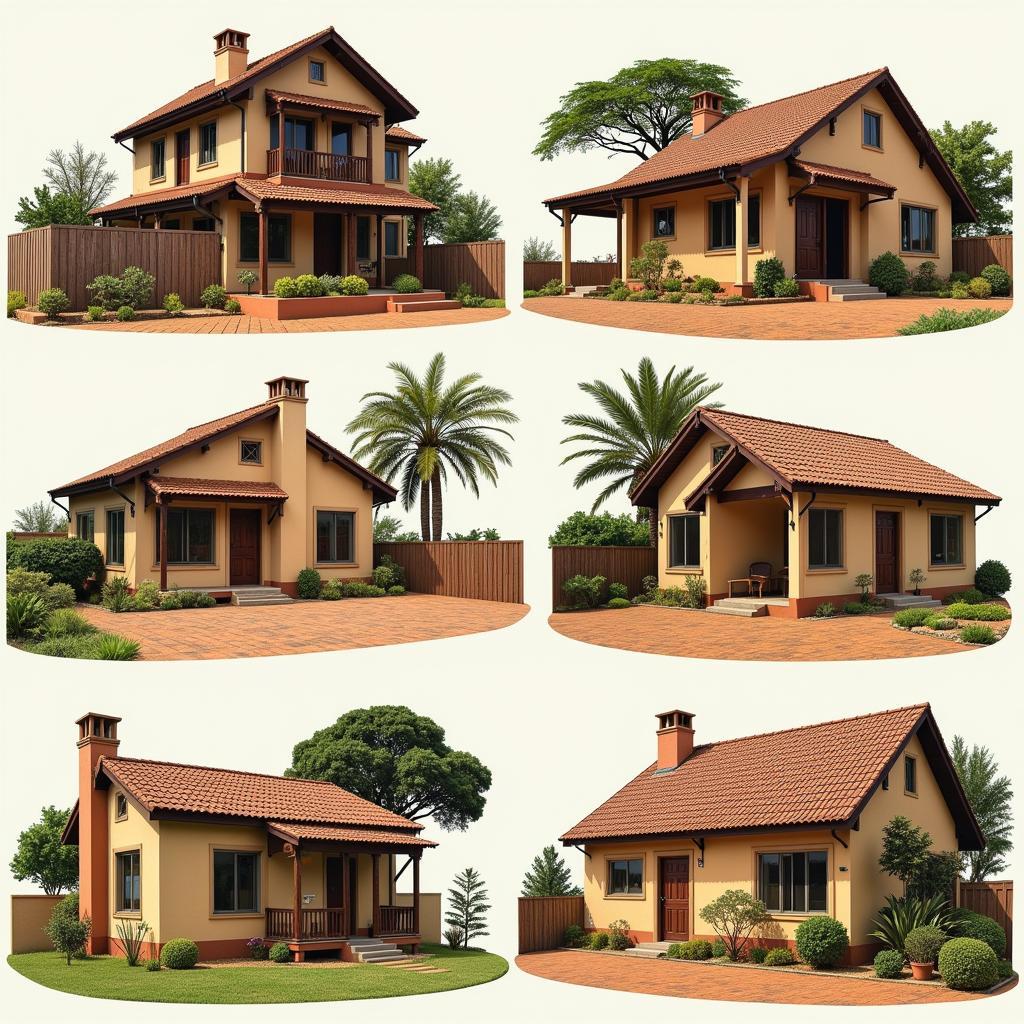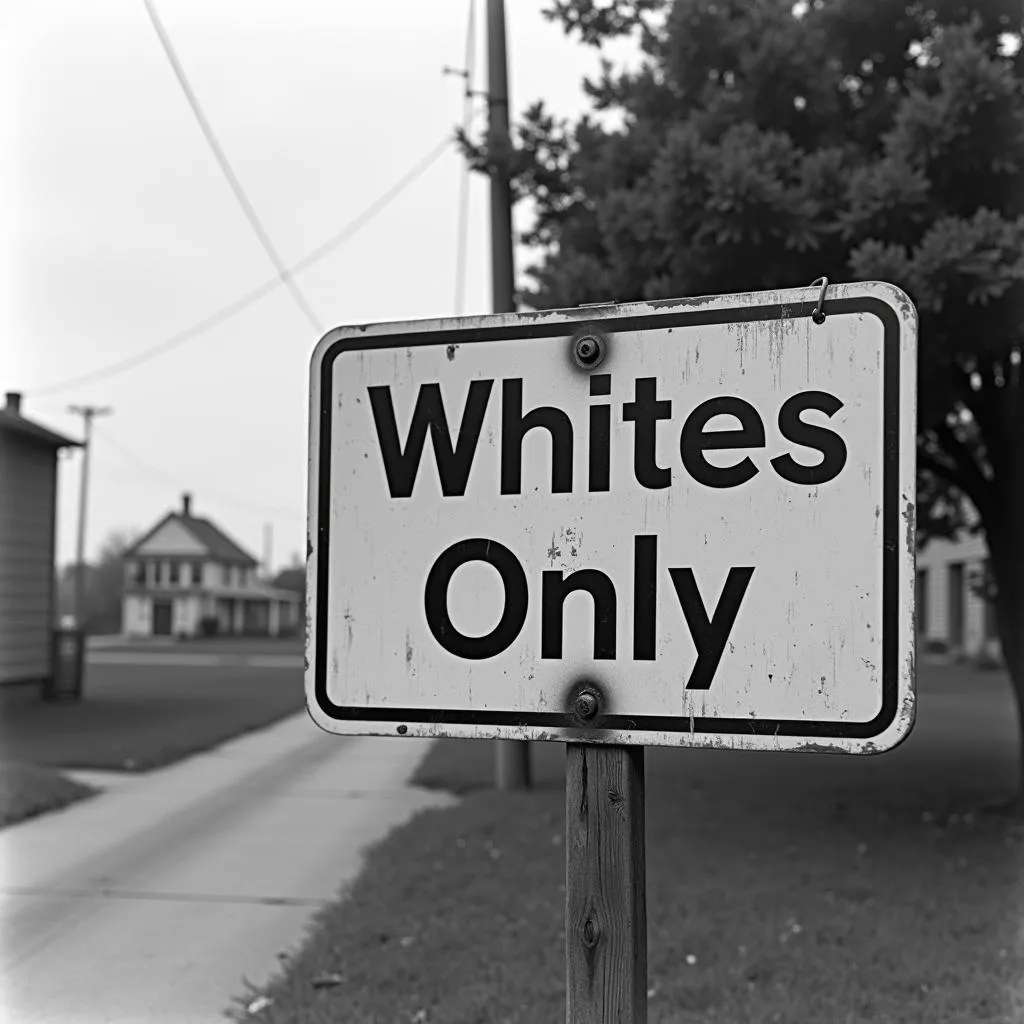Exploring the African Colony Home
The term “African Colony Home” evokes images of a bygone era, a time of significant historical and cultural change across the African continent. This article delves into the multifaceted legacy of colonial architecture and its influence on African homes, exploring both the tangible structures and the intangible cultural shifts they represent. We will journey through the diverse architectural styles, the social implications of these homes, and their enduring impact on contemporary African living.
Architectural Echoes of a Colonial Past
Colonial architecture significantly altered the African landscape, introducing new building materials, designs, and urban planning concepts. From grand government buildings to modest residential dwellings, these structures reflected the power dynamics of the colonial period. The architectural styles varied considerably depending on the colonizing power and the specific region of Africa. For instance, French colonial architecture often featured ornate detailing and symmetrical facades, while British colonial architecture tended towards practicality and functionality. The introduction of European materials like concrete and corrugated iron sheeting dramatically changed traditional building practices, sometimes at the expense of local craftsmanship and sustainable materials.
After the first paragraph, you can see images related to traditional African houses affected by colonization.
The Social Fabric Woven Within African Colony Homes
The “African colony home” wasn’t just a physical structure; it was a symbol of social status and cultural transformation. These homes often reflected the hierarchical structure of colonial society, with larger, more elaborate residences reserved for colonial administrators and European settlers. The design and layout of these homes often reinforced social segregation, separating living spaces for Europeans and Africans. This physical separation mirrored the broader social and political divisions of the time. The introduction of the “nuclear family” model, a concept often foreign to many African cultures, further altered traditional family structures and community living arrangements. This shift impacted kinship ties, social support systems, and traditional roles within the family unit.
What Were the Lasting Impacts of Colonial Homes?
The legacy of the “African colony home” extends far beyond the colonial period. Many of these buildings still stand today, serving as reminders of a complex historical past. Some have been repurposed as government offices, museums, or cultural centers, while others remain private residences. Their continued presence sparks ongoing debates about preservation, historical memory, and the complexities of colonial heritage. The influence of colonial architecture can also be seen in contemporary African housing designs, with some architects blending traditional and colonial elements to create new, hybrid styles. Check out images of African landscapes for a better understanding of the environment these homes were built in.
african landscape images
Adapting and Reimagining the African Home
As African nations gained independence, there was a conscious effort to reclaim and redefine the meaning of “home.” This involved adapting colonial-era buildings to suit the needs and cultural preferences of independent nations. In some cases, this meant incorporating traditional African design elements into existing colonial structures. In others, it involved constructing entirely new housing projects that reflected a renewed sense of national identity. This process of adaptation and reimagining continues today, as African architects and designers seek to create homes that are both modern and culturally relevant. You might be interested in learning more about the African grass rat, a common resident in many areas.
 Modern African Homes Adapting Colonial Styles
Modern African Homes Adapting Colonial Styles
How Did Colonial Homes Influence Urban Development?
The “African colony home” also played a pivotal role in shaping urban development across the continent. Colonial urban planning often prioritized European needs and aesthetics, leading to the creation of segregated neighborhoods and unequal access to resources. This legacy of unequal urban development continues to be a challenge for many African cities today. Understanding the history of colonial housing is crucial for addressing contemporary issues of urban planning, housing inequality, and sustainable development. This can be especially important when understanding the ecosystem of African aquatic animals ppt.
Preserving the Past, Shaping the Future
The “African colony home” represents a complex and often contested chapter in African history. These structures serve as tangible reminders of the colonial past, prompting reflection on its lasting impacts on African societies. Preserving these buildings and understanding their historical significance is crucial for fostering informed discussions about cultural heritage, identity, and the future of African architecture. Learn about African animal craft activities to explore the cultural significance of animals in various artistic expressions.
In conclusion, the “African colony home” is more than just bricks and mortar; it’s a symbol of a complex historical and cultural legacy. From architectural styles to social implications and urban development, these homes have shaped the African landscape in profound ways. Understanding their history is essential for navigating the present and shaping the future of African architecture and urban design. And, understanding insects like the African black ant insect can give us insight into the natural world surrounding these homes.
FAQ
- What were the main architectural styles of colonial homes in Africa?
- How did colonial homes influence social structures in Africa?
- What is the impact of colonial architecture on contemporary African housing?
- How did colonial urban planning affect African cities?
- What are the challenges and opportunities in preserving colonial-era buildings?
- How did the introduction of “nuclear family” model affect African families?
- How did colonial homes contribute to the creation of segregated neighborhoods?
Common Scenarios and Questions
Scenario: A family is considering renovating a colonial-era home.
Question: How can they balance preserving historical integrity with modernizing the space?
Scenario: A city is developing a new urban plan.
Question: How can they address the legacy of colonial urban planning and create more equitable access to resources?
Scenario: A museum is curating an exhibit on colonial architecture.
Question: How can they present a nuanced and balanced perspective on this complex topic?
Further Exploration
Explore related articles on African architecture, urban planning, and cultural heritage for a deeper understanding of these interconnected topics.
Contact Us
For any assistance, please contact us: Phone: +255768904061, Email: [email protected] Or visit us at: Mbarali DC Mawindi, Kangaga, Tanzania. We have a 24/7 customer service team.

